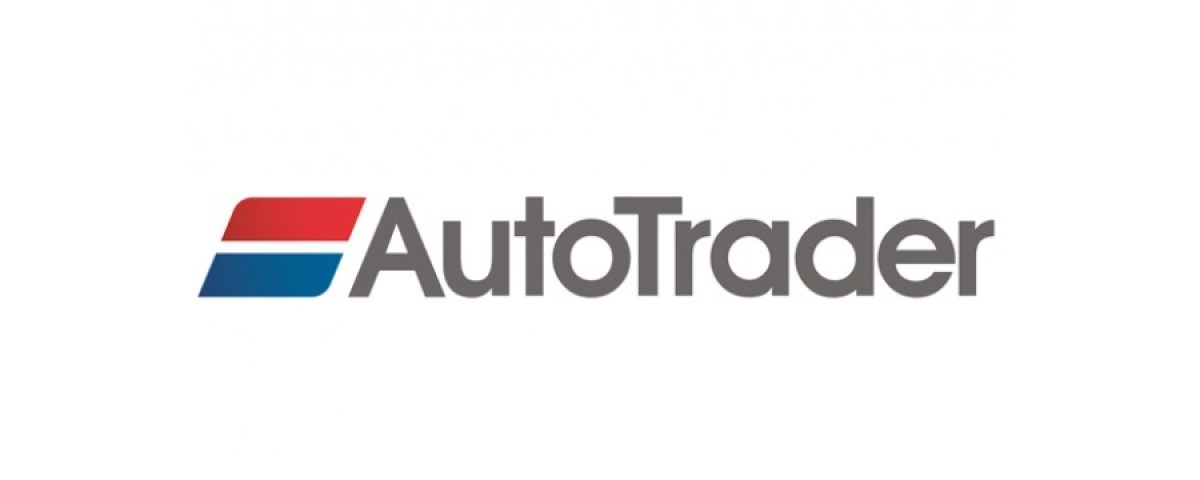
For the second consecutive month, the Auto Trader’s Retail Price Index has recorded the largest ever monthly price increase on its marketplace. In September, the average retail price of a used car was £13,829, which marks a 7.6% year-on-year (YoY) increase on a like-for-like basis and six months of consecutive growth. It follows the previous YoY record of 6.1% recorded in August, prior to which the highest rate of growth was 5.8%, observed in July 2014.
The trajectory reflects the exceptionally strong levels of demand in the market, which despite the reintroduction of regional COVID-19 restrictions, continues to grow at record levels. On Auto Trader, there were 63.6 million cross platform visits in September, which represents a 27.5% increase on the same period last year. Utilising Auto Trader’s Market Insight analytics tool to look at the demand on a more granular level, it’s clear the growth is being driven by key segments of the market.
ICE demand continues growth as car buyers stick to what’s familiar
In terms of fuel types, like-for-like prices continue to show strong growth for internal combustion engine (ICE) cars, indicating buyers are sticking to the types of vehicle they are familiar with. Last month, as a result of very high demand (21.5%) and falling supply (-3.6%), the average price (£12,480) of a used petrol car increased 8% YoY, the 10th consecutive month of growth and at the highest rate since June 2018.
Diesel recorded a similarly positive performance. However, whilst demand was up by a slightly more conservative 11.4% YoY, levels of supply dropped a significant -19.3%. The large margin contributed to a 7.8% YoY price increase (£14,710), the highest rate of growth for second-hand diesel cars ever recorded on the Retail Price Index, and by some margin. Mirroring the wider market, the previous highest rate of growth was 6% YoY, recorded last month, prior to which the highest was 4.9%, observed in July 2014.
In contrast to their ICE counterparts, the levels of supply and demand for low emission vehicles are more balanced, with demand (54.8%) for alternatively fuelled vehicles in September marginally outperforming supply (52.3%). Last month the average sticker price of an AFV was £22,795, marking a -1.2% YoY contraction.
With an average sticker price of £26,801 in September, pure electric vehicles (EV) recorded a fall of -4.1% and nine months of consecutive decline. However, the rate of contraction has eased (from -5.2% in August) as a result of growing demand, increasing from 97.1% in August to 98.3% in September. EV supply has remained stable at 104%.
SUVs remains most in demand body type
In September like-for-like prices continued to increase across all body types, with hatchbacks (£9,107) and MPVs (£9,663) recording the highest rate of growth, up 12.2% and 10.6% respectively. In terms of demand, SUVs continue to experience the highest levels of growth, recording a YoY increase of 27.7%, whilst supply fell -10.8%. The average sticker price of an SUV was £19,298 last month, marking a like-for-like increase of 4% on September 2019.
Consumers among older used cars
Last month every age band recorded growth in average prices. Demand was highest among older used cars, with those aged 10-15 years increasing 13.3% YoY against a -15.7% fall in supply, resulting in the highest rate of growth at 15.3% (£4,316). In contrast, vehicles aged up to one year were the only price band to record a negative YoY change in demand, falling sharply from -0.7% in August to -9.9% in September. As a result, prices grew 4.7% (£18,574) which was the lowest rate of growth among price bands.
Both premium and volume brands saw average prices grow in September, increasing 3.9% (£20,710) and 11.5% (£9,065) respectively. Whilst demand outstripped supply in both segments, premium brands continue to show stronger performance compared to volume brands, increasing 18.9% versus 15.5%.
Retailer pricing behaviour
During the lockdown period the number of retailers making price changes and the value of price adjustments was significantly lower than normal trading conditions. More retailers are making price changes and by larger amounts, however they remain below pre-COVID levels.
In September, the average number of retailers making daily price changes was 2,164; 13% fewer than in September 2019. The average amount being changed on a daily basis was £271, which was a 17% decline on the same time last year.
